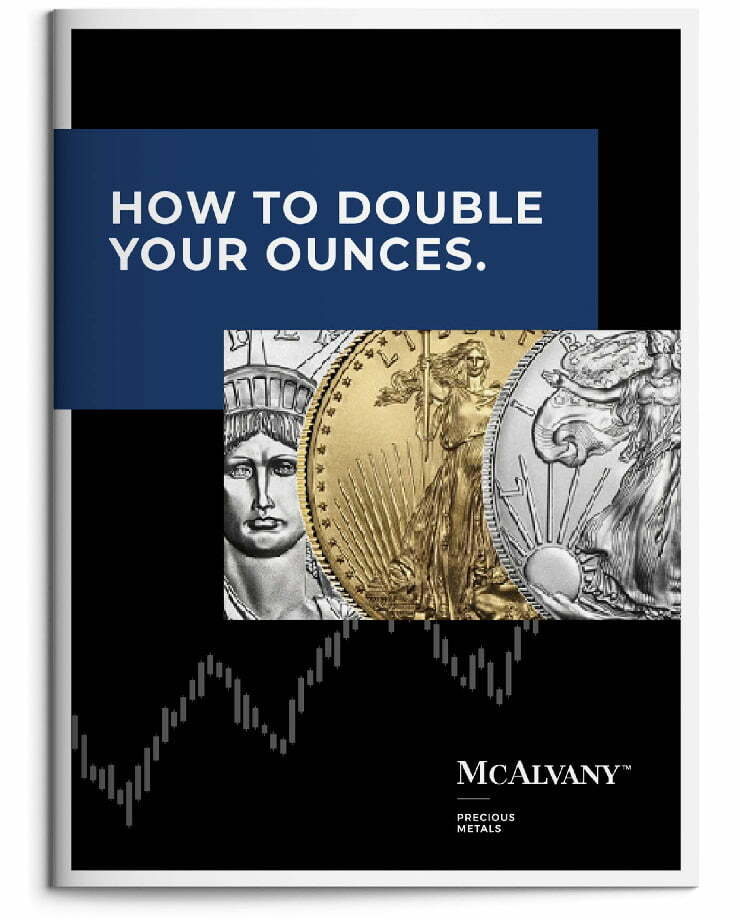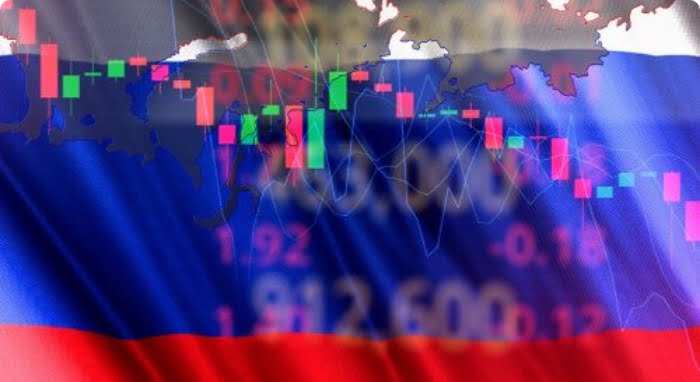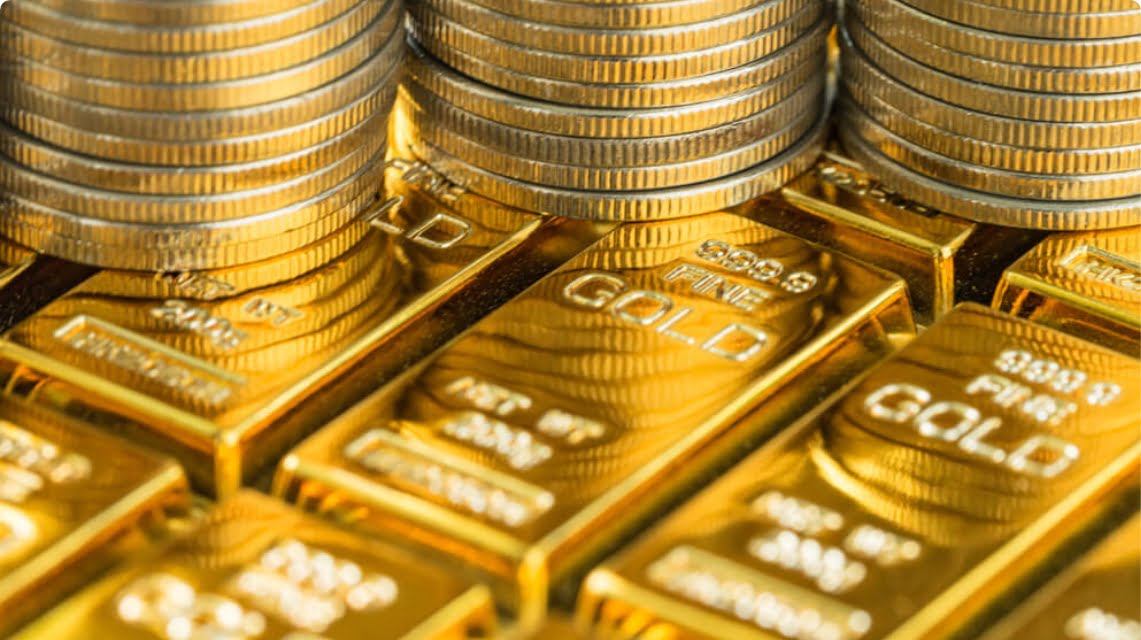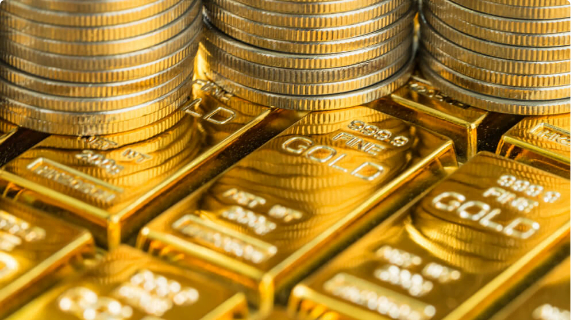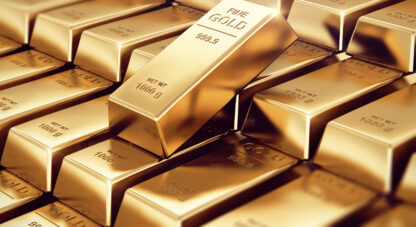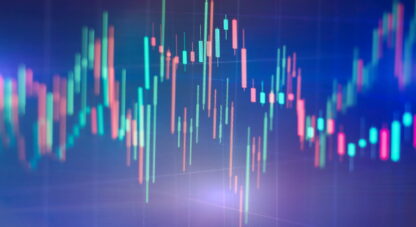Podcast: Play in new window
Precious metals continue to march higher, with gold reaching a new all-time high. The platinum-to-palladium ratio narrowed slightly as platinum took a breather while sister metal palladium played catch up. The US dollar index slipped after a downwards revision of jobs data and signs of stagflation.
Let’s take a look at where precious metals prices stand as of Wednesday, September 10:
The price of gold is up 3.1%, sitting at $3,640 as of last week’s recording. Gold reached as high as $3,673 at one point, continuing its run up to the next level.
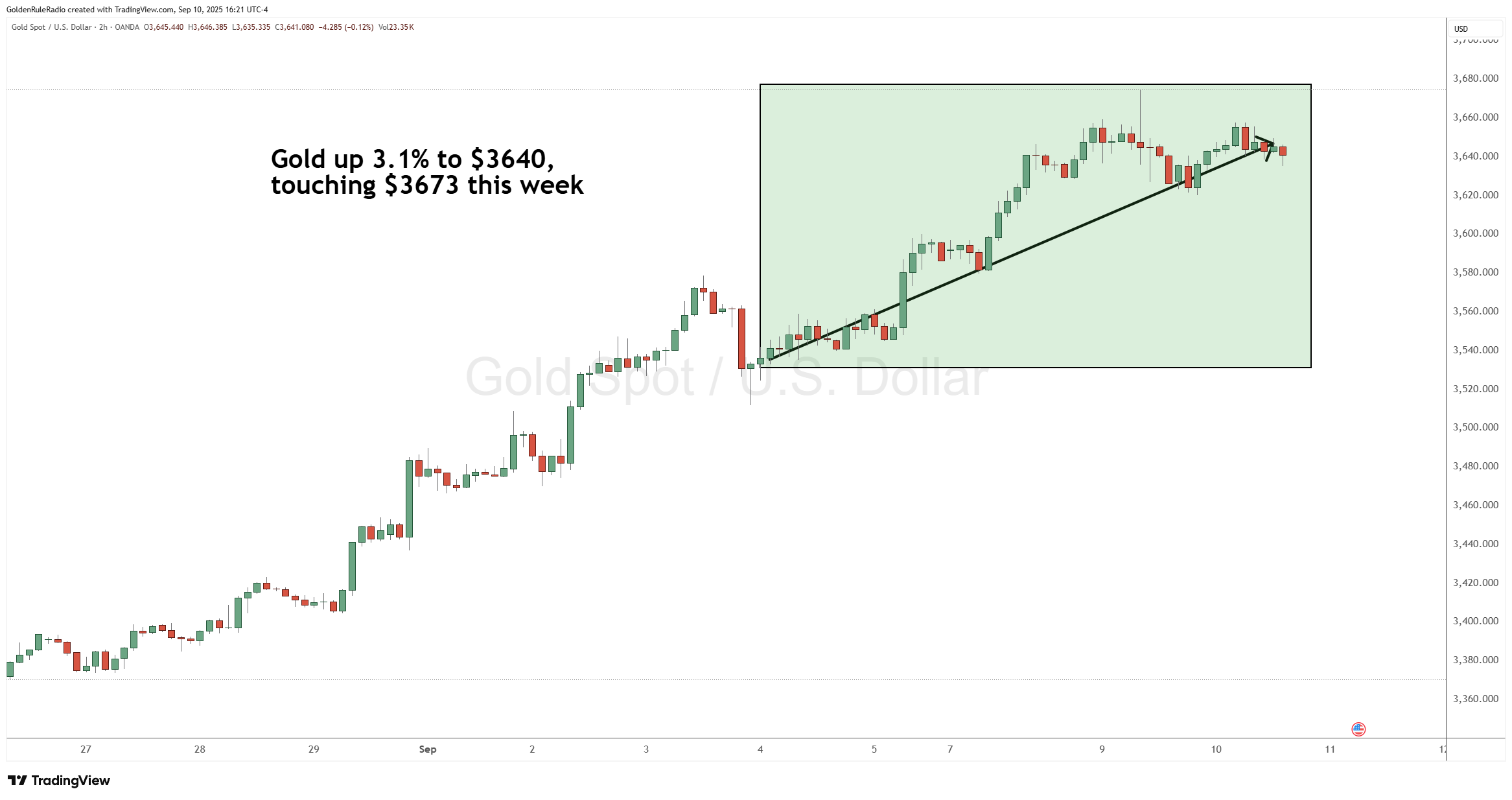
The price of silver is up 1%, sitting at $41.15. Silver has had a great year so far, and it is just taking a breather.
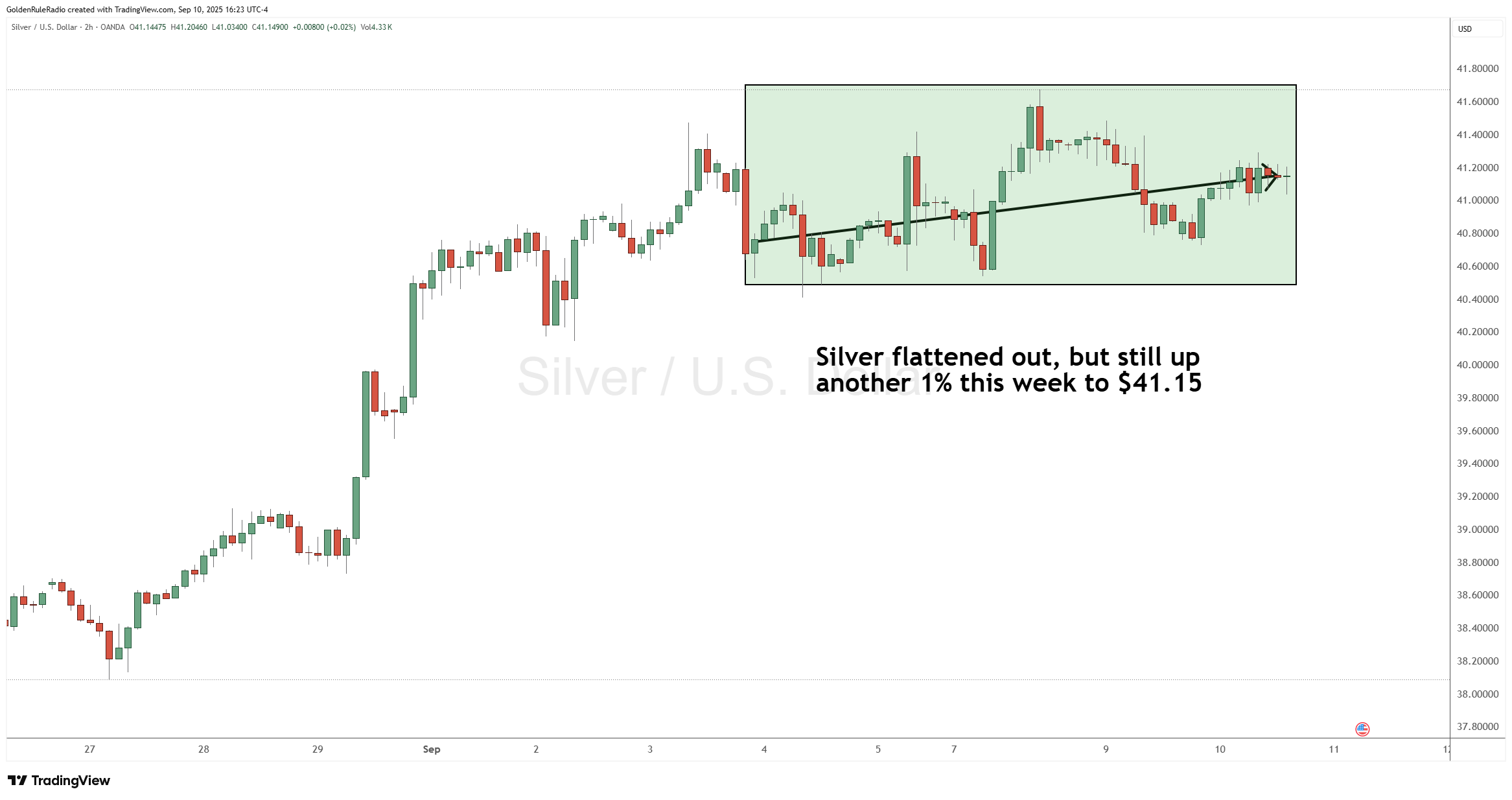
Platinum is down about 2%, currently sitting at $1,392, just under the $1400 level and almost 5% down from the recent high it put in last week.
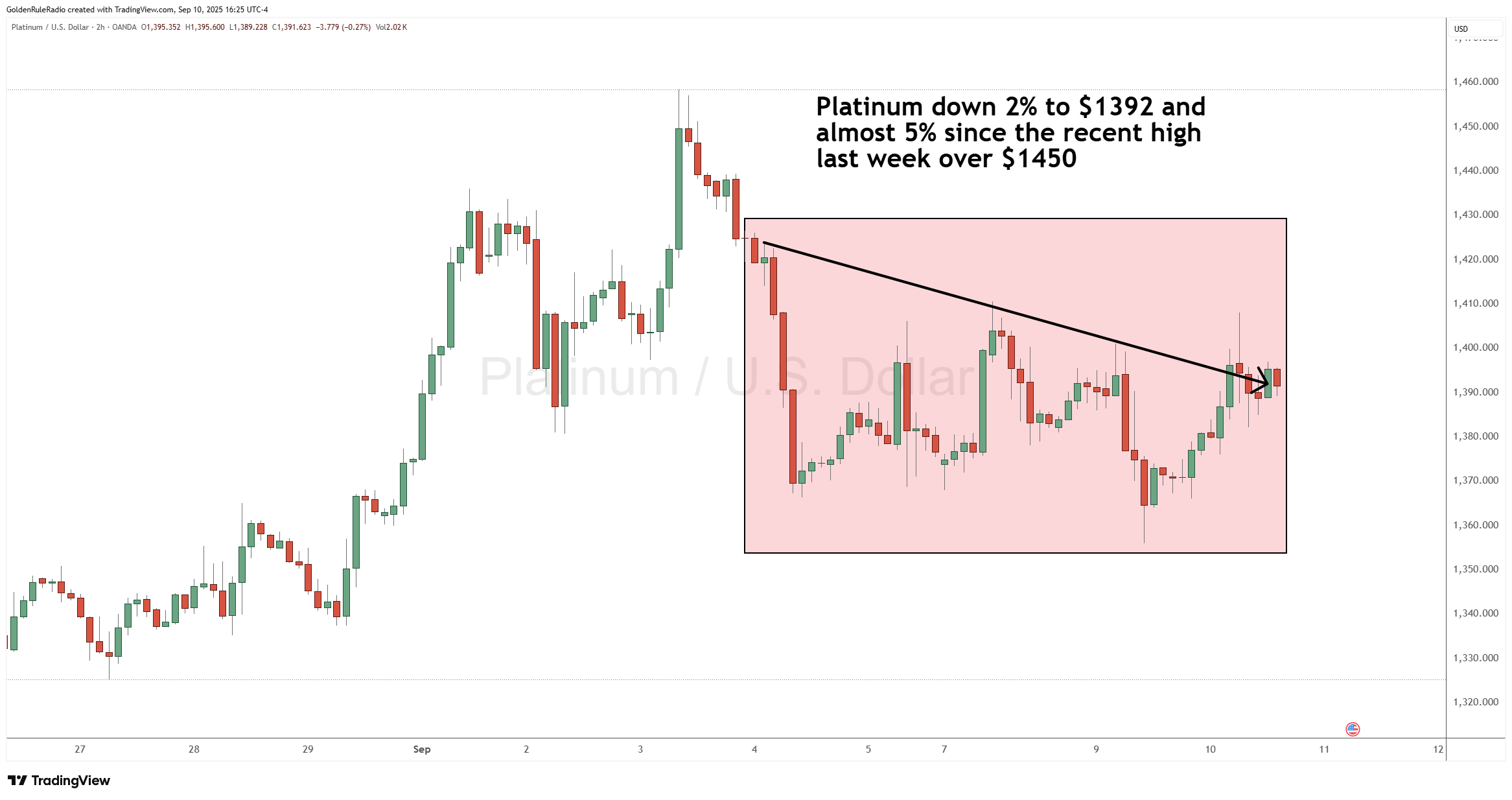
Palladium is up about 4.5%, sitting at $1,195 from a week earlier. It is squeezing the platinum to palladium ratio down just a bit.
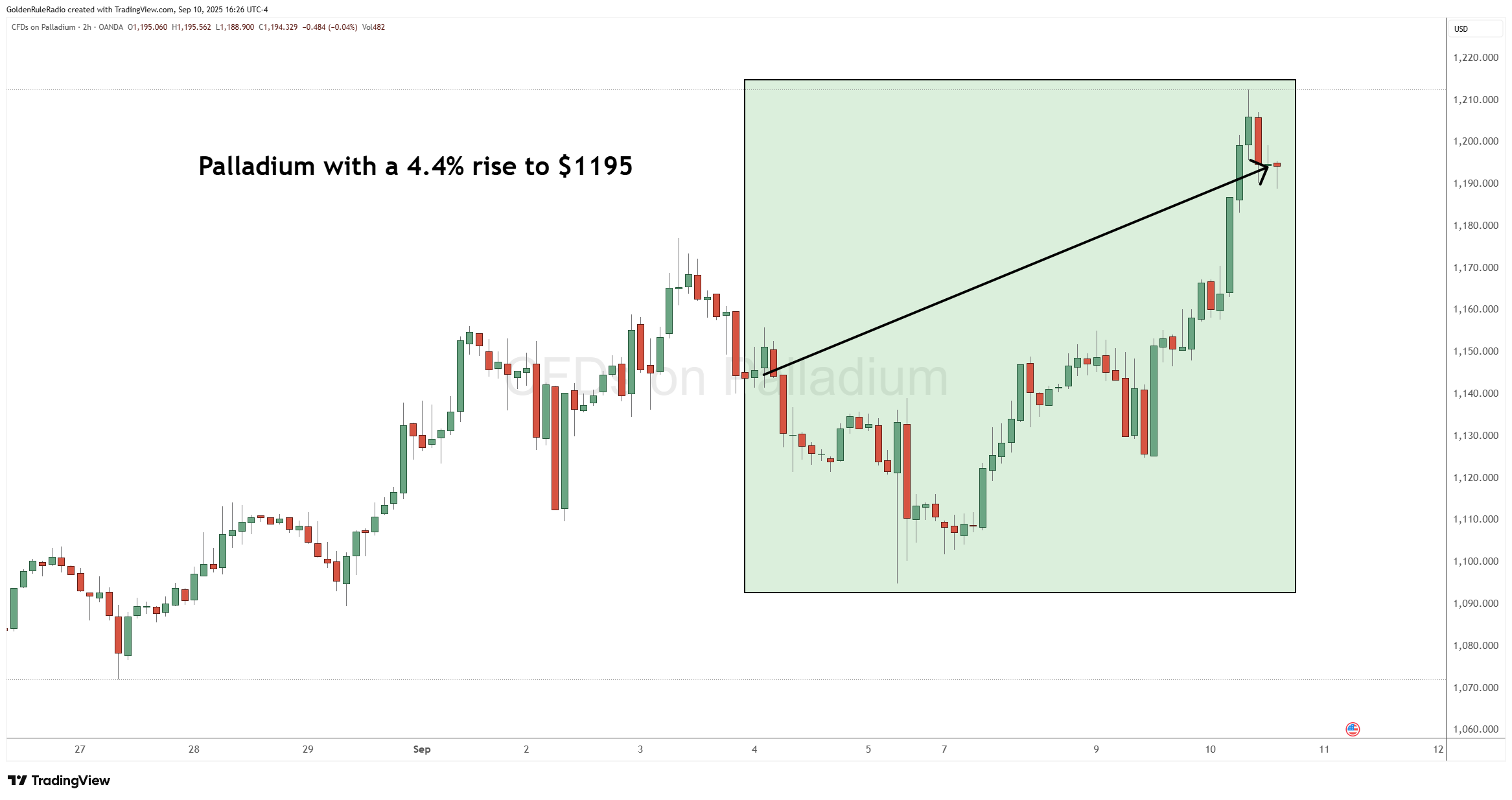
Looking over at the paper markets…
The S&P 500 is up 1%, currently at 6,532, putting in another all-time high like gold did.
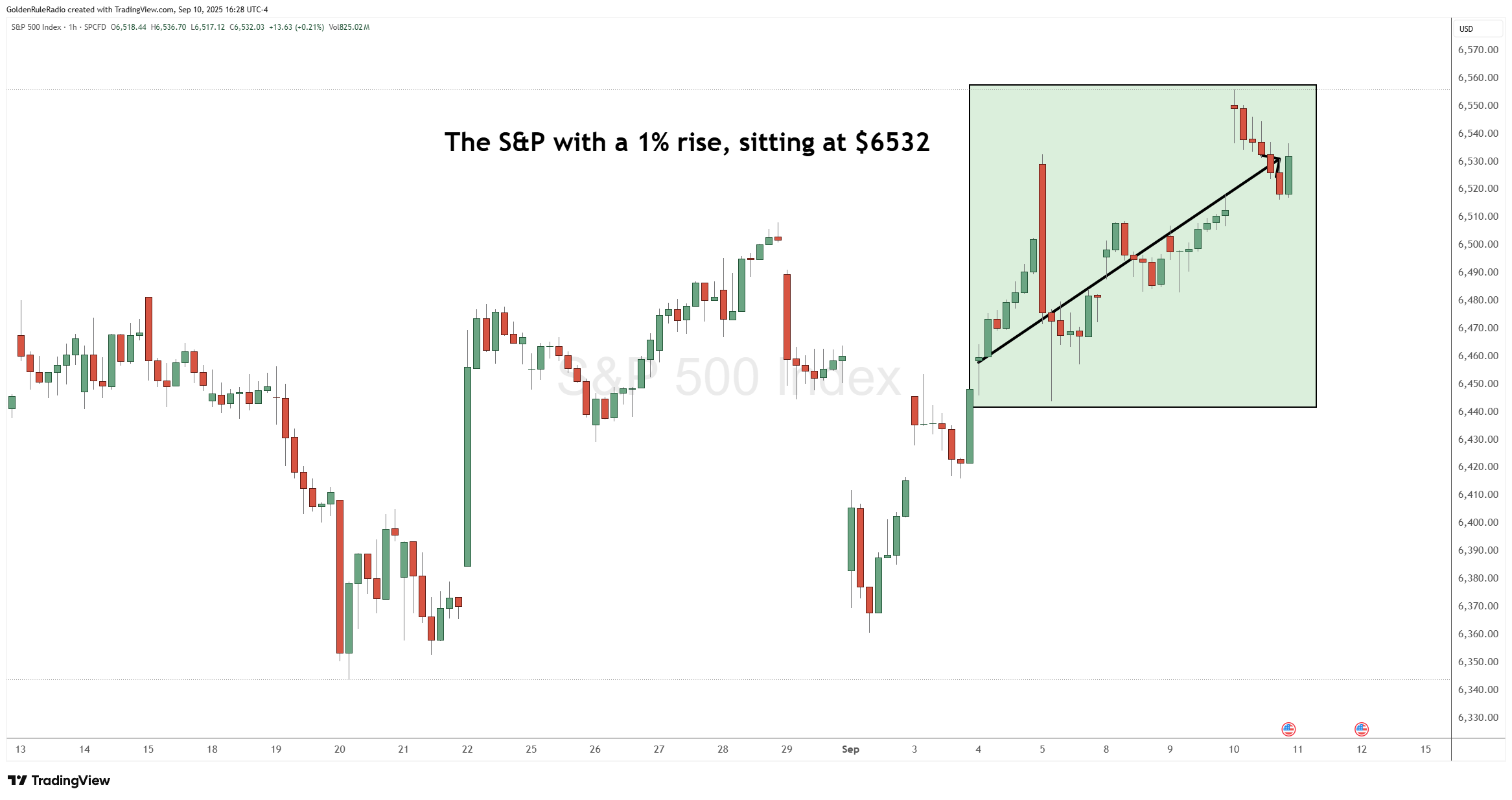
The US dollar index is down 0.5% at 97.83, continuing its march downwards like it has been over the past few months.
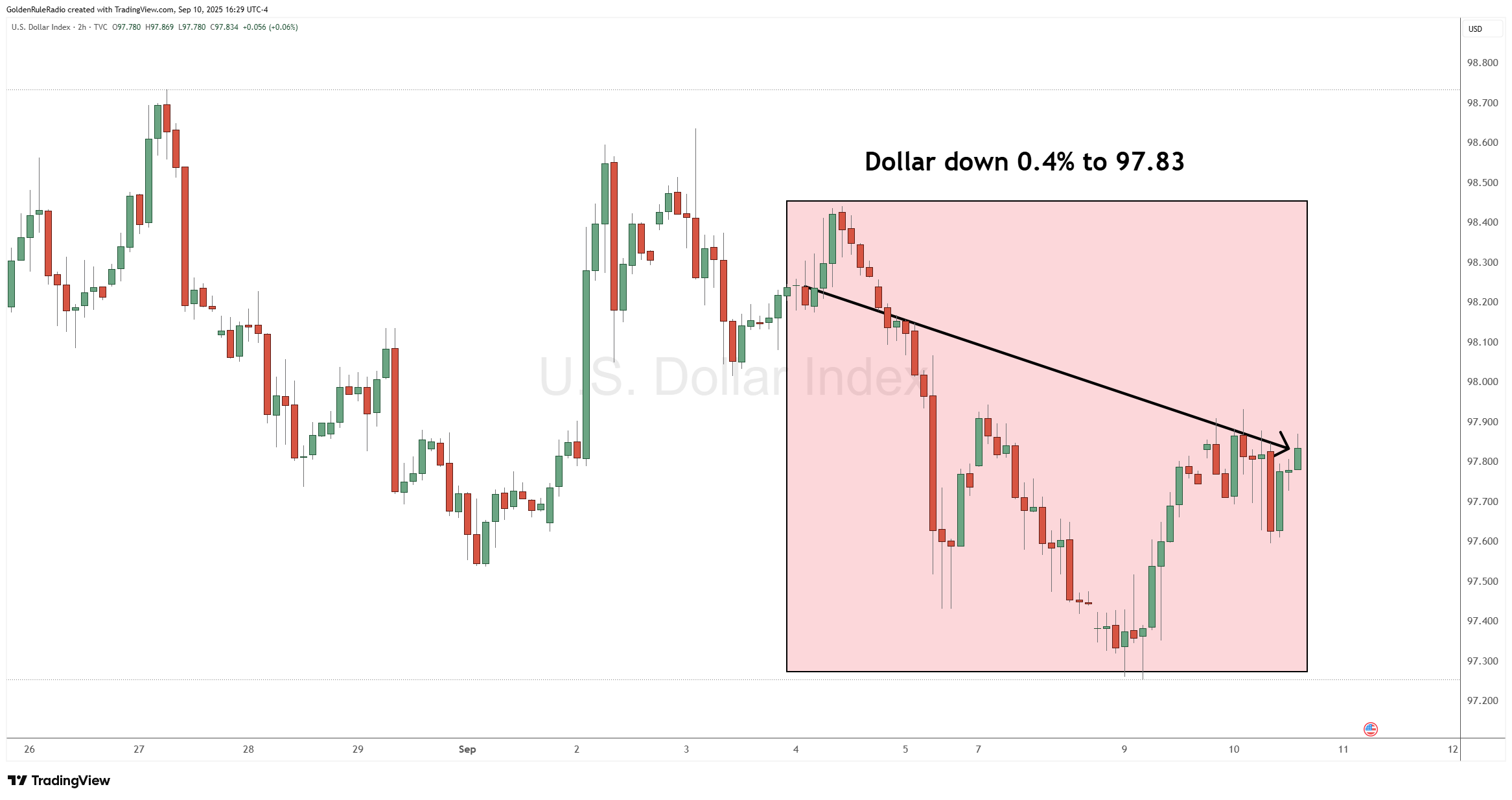
Gold Surges to Fresh All-Time Highs
The gold market witnessed a robust rally this past week, surging over 3% and reaching new all-time highs in the mid-$3,600s per ounce. This persistent upward momentum is driven by the ongoing decline in the US dollar’s purchasing power and technical breakout patterns that have played out several times since early 2024.
Patterns of consolidation followed by breakouts have delivered multiple 20–35% price increases over the past 18 months, suggesting further upside towards $4,100 and even higher targets may be in play over the next year.
Currency Weakness and Stagflation
A critical driver behind gold’s strength is the weakening US dollar, which has continued to erode in value and now sits at 97.83, down half a percent in just the past week. This is not simply a technical move, but rather a reflection of persistent monetary debasement and growing investor skepticism over the true state of the jobs market and inflation data.
Despite official optimism, BLS job reports have seen a downward revision of over 900,000 jobs for the year. The PPI, a key wholesale inflation gauge, is up 2.6% year-over-year, and the broader environment points to stagflation: slowing growth but sticky, elevated prices. Wall Street’s classic 60/40 stock-bond allocation is being questioned, with major firms now advocating gold as a necessary portfolio hedge.
Opportunity in Rare Gold Coins
There’s an overlooked “buyer’s market” for physical coins, especially rare pre-1933 US gold like the MS63 $10 Indian. With premiums at historic lows due to subdued demand—even as spot prices climb—some rare coins are trading at only a 5% premium over modern bullion.
Such coins have demonstrated significant downside protection in past market corrections, even rising in value when spot gold fell. This is an opportunity for investors to acquire real physical gold with both historical value and strategic resilience—particularly for those seeking to add ounces without incurring Wall Street fees or exposure to paper gold products.
Silver’s Turn May Be Approaching
While gold has taken the spotlight, silver is also up 1% this week and nearly 40% since April, but remains about 20% below its all-time high. This “lag” is generating interest among investors looking for leveraged upside as markets evolve.
Like gold coins, the coin market in silver is also experiencing low premiums and solid supply, suggesting the next leg up could bring significant gains for physical silver holders. A surge in public investment—when it finally comes—could push silver (and gold) prices much higher, driven by both individual investors and central banks increasing allocations.
Strategic Portfolio Hedge
Given these developments, gold should be considered not merely as a hedge, but as a core portfolio asset with the potential to outperform both bonds and stocks in a stagflationary or debt-driven economic environment. High-quality, rare gold coins present a timely entry point with built-in downside protection, while silver remains an attractive “catch up” trade as the public and institutional enthusiasm ultimately pivots towards bullion and coins.
Get In Touch
The team at McAlvany Precious Metals has a collective 75 years experience investing in the precious metals market. We are happy to speak with you about your goals on a no-obligation, complimentary consultation. Reach out to us at 800-525-9556.
